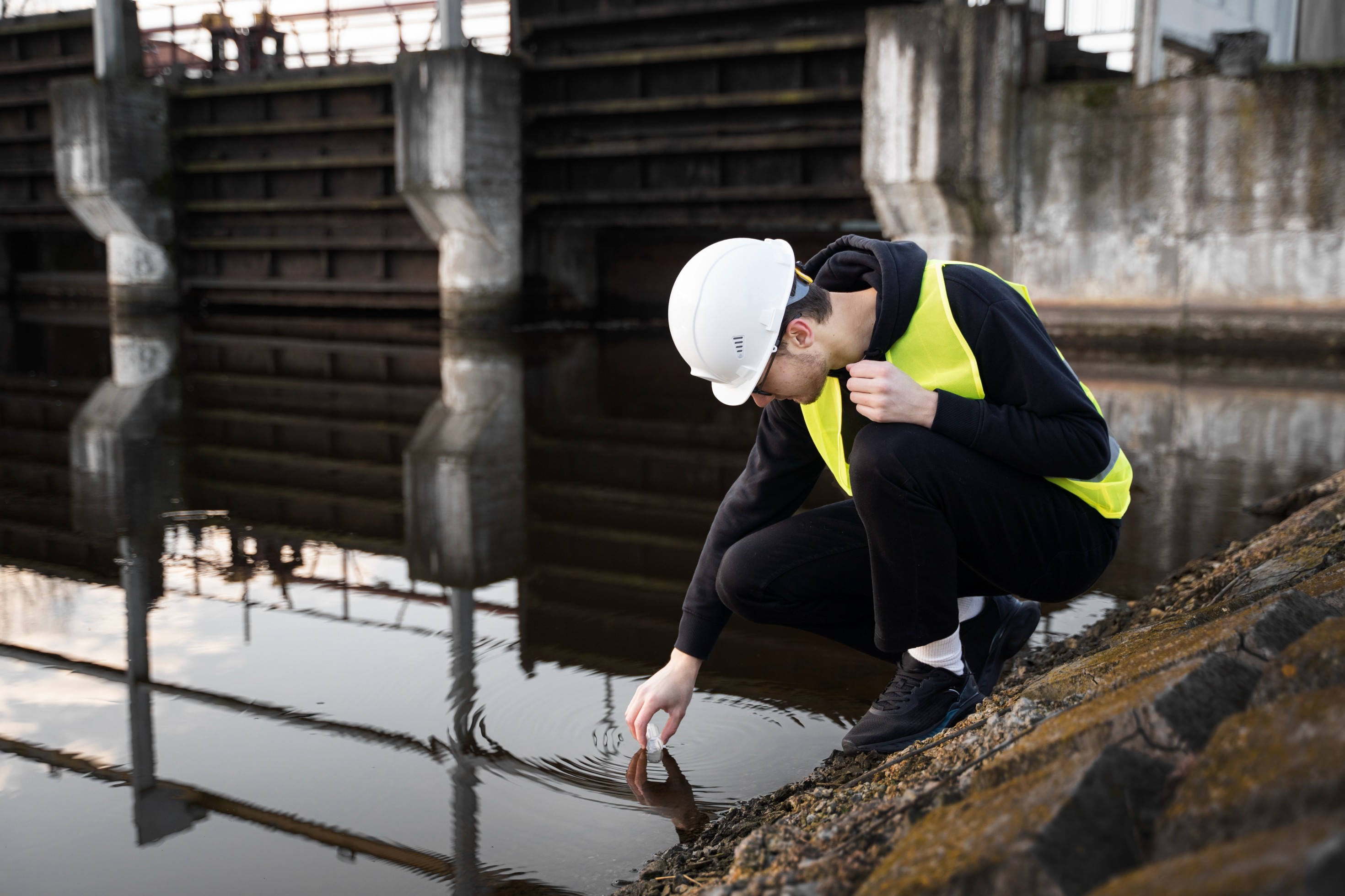Flat No. G04A, Samrpan Vihar, George Town, , Prayagra-211002
Single Service

Water & Environment
Water and the environment are crucial aspects for civil engineers, as they play a significant role in various civil engineering projects. Civil engineers are responsible for designing, planning, and implementing infrastructure that not only meets the needs of society but also considers the impact on the environment. Here are several key aspects related to water and the environment that civil engineers often deal with:
- Water Supply and Distribution:
-
- Civil engineers work on designing and implementing water supply systems to ensure a reliable and safe water source for communities.
- Distribution networks, storage facilities, and pumping stations are designed to efficiently transport water to end-users.
-
Wastewater Treatment:
- Civil engineers are involved in designing wastewater treatment plants to treat and manage sewage and industrial effluents before discharge into the environment.
- Treatment processes may include physical, chemical, and biological methods to ensure compliance with environmental regulations.
-
Stormwater Management:
- Civil engineers focus on managing stormwater to prevent flooding and soil erosion. This involves designing drainage systems, retention basins, and green infrastructure to control runoff.
-
Water Conservation:
- Civil engineers play a role in developing strategies to promote water conservation. This may involve designing water-efficient systems, implementing rainwater harvesting, and educating the public on responsible water use.
-
Environmental Impact Assessment (EIA):
- Civil engineers are involved in assessing the environmental impact of projects before implementation. EIAs help identify potential environmental risks and propose mitigation measures to minimize adverse effects.
-
Erosion Control:
- Civil engineers work on projects that address soil erosion caused by construction activities, deforestation, or other factors. They implement measures such as retaining walls, vegetation restoration, and erosion-control structures.
-
River and Coastal Engineering:
- Engineers are involved in managing watercourses and coastal areas to prevent erosion, flooding, and other environmental hazards. This may include designing levees, seawalls, and riverbank stabilization projects.
-
Sustainable Design Practices:
- Civil engineers increasingly focus on sustainable design practices, considering the long-term environmental impact of infrastructure projects. This includes using eco-friendly materials, energy-efficient designs, and minimizing carbon footprints.
-
Climate Change Adaptation:
- Civil engineers address the challenges posed by climate change, such as rising sea levels, extreme weather events, and changing precipitation patterns. They design infrastructure that can withstand these changes and contribute to climate resilience.
-
Regulatory Compliance:
- Civil engineers need to stay updated on environmental regulations and ensure that their projects comply with local, national, and international standards. This includes obtaining permits and approvals for water-related projects.
In summary, water and environmental considerations are integral to the work of civil engineers. Balancing the need for infrastructure development with environmental sustainability is a key challenge that requires expertise in both engineering and environmental science.
